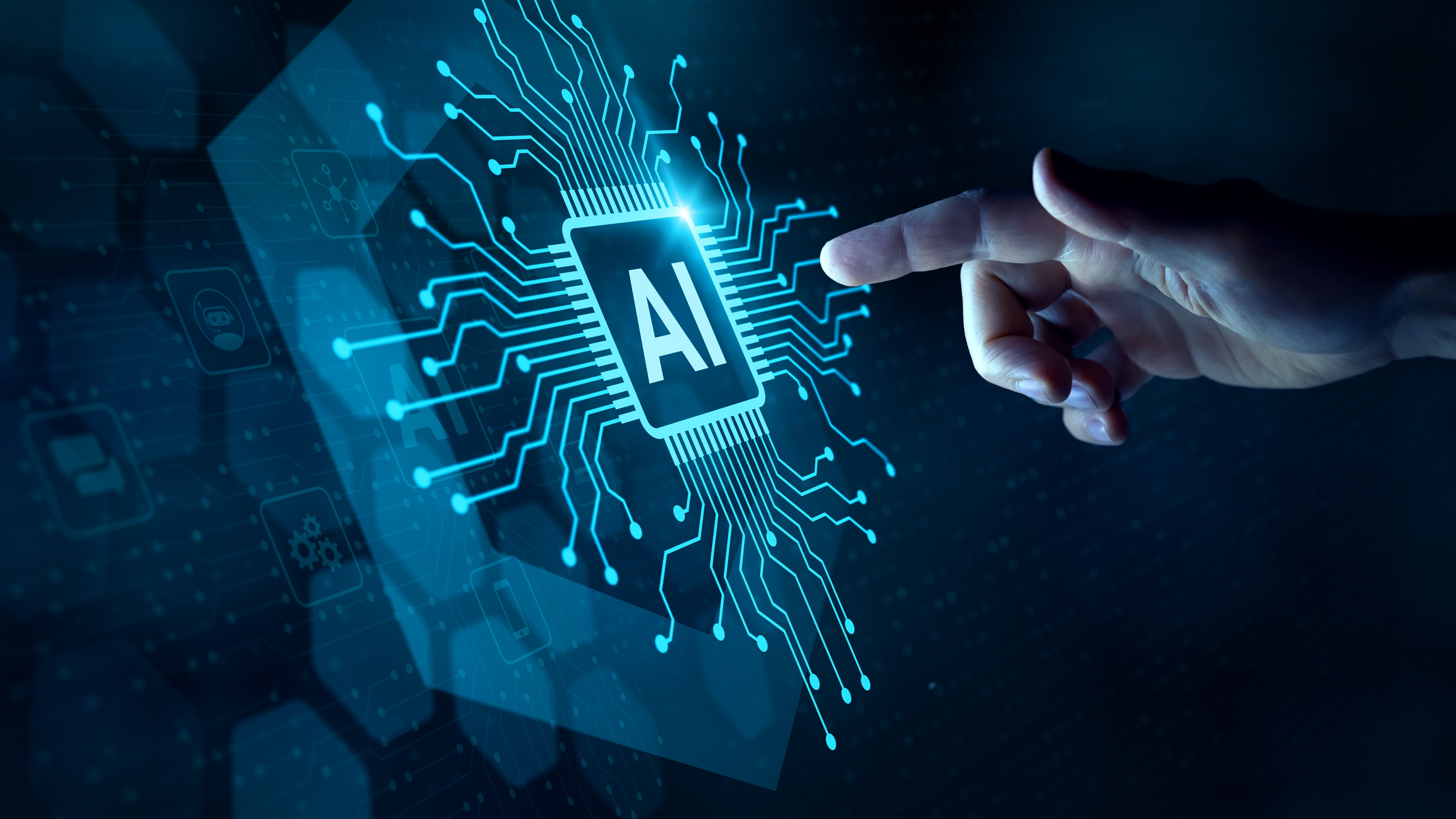Navigating the AI Compute Squeeze: Strategies for Startups
Explore strategies for startups to navigate the AI compute squeeze, focusing on efficient resource use, partnerships, and decentralized training.

Navigating the AI Compute Squeeze: Strategies for Startups
The rapid expansion of artificial intelligence technologies has triggered unprecedented demand for computational resources, creating what experts call a "compute squeeze"—a bottleneck that challenges startups and established players alike in scaling their AI capabilities efficiently. The recent AI Agenda Live event delved deeply into this phenomenon, providing insights into the evolving landscape of AI infrastructure, investment trends, and startup strategies for sustainable growth.
The Compute Squeeze: What It Means and Why It Matters
As AI models grow larger and more complex, the need for massive computational power escalates, driving a surge in demand for GPUs, specialized chips, and data center capacity. This compute squeeze refers to the constraints emerging from limited access to these critical resources, which in turn impacts AI development timelines, cost structures, and innovation velocity.
Major tech companies like Meta, Alphabet (Google), Microsoft, and Amazon are collectively projected to invest around $364 billion in AI-related infrastructure and research in 2025, a marked increase from earlier forecasts of $325 billion earlier that year. This massive capital expenditure underscores how critical compute capacity is to maintaining competitive advantage in AI. For startups, however, this creates a challenging environment where securing affordable and scalable compute resources is increasingly difficult.
Startup Playbook for Scaling Amid Compute Constraints
During the AI Agenda Live discussions, industry leaders outlined several strategic approaches startups are adopting to navigate this squeeze:
-
Prioritizing Efficient Compute Usage: Startups are focusing on optimizing model architectures and training regimens to reduce compute waste. Techniques such as model pruning, quantization, and efficient data pipelines help lower computational costs without sacrificing accuracy.
-
Shared Compute Services and Partnerships: Given the cost and complexity of building proprietary compute infrastructure, many startups are leveraging shared cloud services or partnering with specialized providers to access scalable GPU and AI accelerators on demand. This model enables rapid scaling while controlling capital expenditure.
-
Decentralized and Collaborative AI Training: Emerging frameworks like Nous Psyche introduce decentralized AI training architectures that harness distributed GPU resources on blockchain-enabled platforms, improving utilization and lowering barriers to entry for compute-heavy AI workloads. Such innovations may help mitigate compute scarcity by tapping into a broader pool of participants.
-
Strategic Workforce and Skill Management: Alongside infrastructure, startups are aligning workforce strategies around critical AI skills to maximize productivity and innovation, ensuring teams can leverage compute resources effectively without overspending.
Broader Industry and Economic Implications
The compute squeeze is not just a technical or operational challenge but also a strategic economic factor shaping the AI industry’s trajectory. The focus on scaling compute capacity has led to:
-
Massive Capital Inflows into AI Data Centers: Companies like Meta have ramped up investments to build expansive AI data centers, key to supporting next-generation AI applications. However, such investment growth also raises questions about environmental sustainability and energy consumption, as AI data centers contribute significantly to global electricity demand.
-
Potential AI Market Overvaluation and Speculation: Some analysts warn of an AI bubble fueled by speculative valuations of AI startups lacking solid revenue or products, which exacerbates the pressure to scale compute rapidly to meet investor expectations. This dynamic intensifies the compute squeeze as startups rush to prove their AI capabilities.
-
Geopolitical and Competitive Dimensions: The race for AI dominance between global powers like the U.S. and China adds urgency to expanding compute capacity, with governments and corporations alike pushing aggressive agendas to secure AI leadership.
Visualizing the AI Compute Landscape
Recent images from AI Agenda Live illustrate key discussions around compute infrastructure, highlighting:
- Data center architectures optimized for AI workloads
- Cloud-based GPU clusters enabling scalable AI training
- Startup teams deploying efficient model training pipelines
These visuals underscore the convergence of hardware innovation and software optimization as the cornerstone of scaling AI under compute constraints.
Looking Ahead: Innovation to Alleviate the Compute Squeeze
While the compute squeeze presents immediate challenges, ongoing research and innovation promise pathways to relief:
- Advances in agentic AI systems that optimize network operations and resource allocation in real time may improve compute efficiency across distributed infrastructure.
- Decentralized AI frameworks could democratize access to compute resources, reducing reliance on centralized giants.
- Strategic industrial policies and investment in sustainable AI infrastructure will be critical to balancing growth with environmental impact.
For startups and investors navigating this evolving landscape, the AI Agenda Live event highlighted the necessity of flexible, efficient, and collaborative approaches to computing resources as central to future success.
Image Suggestions for Publication:
- Official photos or graphics from AI Agenda Live showing panel discussions on compute and scaling.
- Diagrams of AI data center architectures, emphasizing GPU clusters and cloud infrastructure.
- Visuals depicting decentralized AI training frameworks like Nous Psyche.
- Charts illustrating AI investment trends from Meta, Alphabet, and others in 2025.
These images will help readers grasp the scale and complexity of the compute squeeze and the innovative responses shaping the AI startup ecosystem today.


